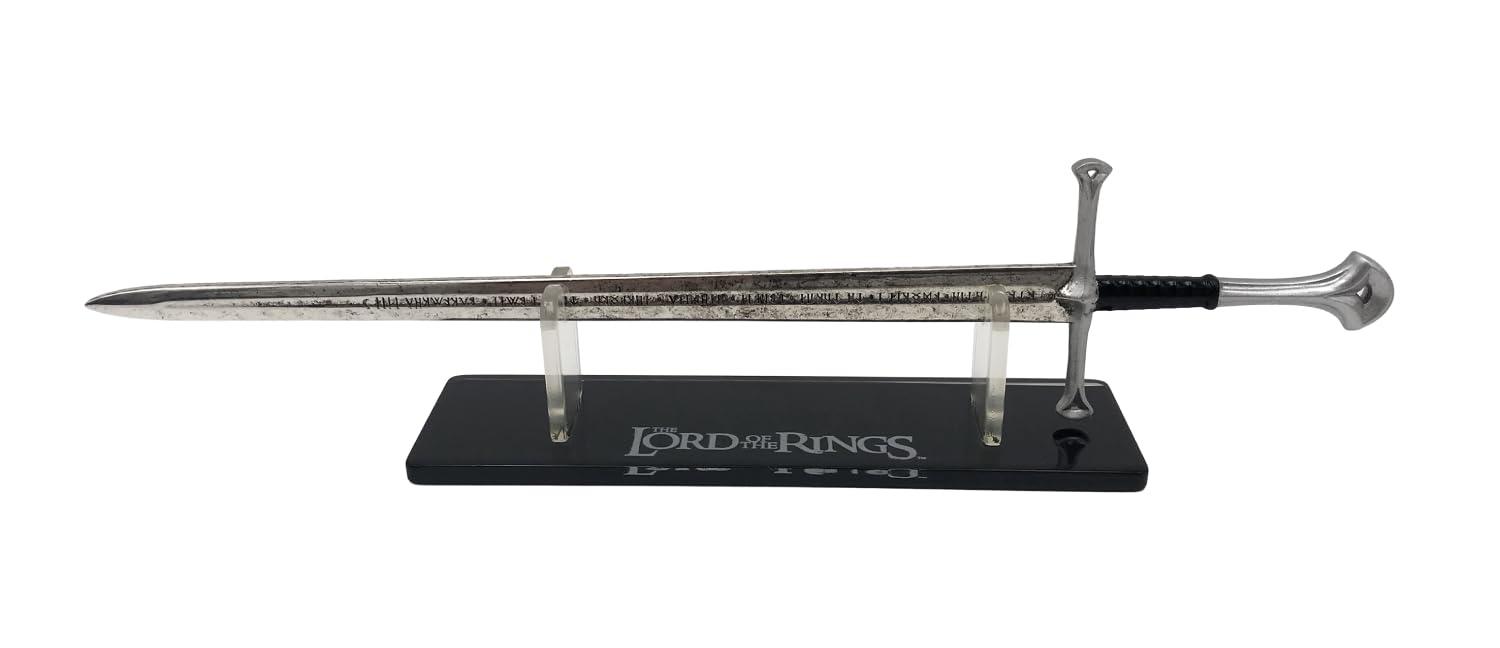drone Maker Anduril’s Strategic Acquisition of Microsoft Goggles Management for the US Army
In a significant move that could reshape defense technology, Anduril Industries has announced its acquisition of the management of Microsoft’s goggles specifically designed for the U.S. Army.This strategic partnership leverages Anduril’s expertise in drone technology and artificial intelligence, positioning the company to enhance the operational capabilities of wearable tech used by soldiers in the field. The integration aims to harness advanced features such as real-time data processing and improved battlefield connectivity, thereby allowing troops to access vital information instantly.
The collaboration promises a range of improvements, including:
- Enhanced User Interface: Streamlined interactions for soldiers to efficiently access mission-critical data.
- Advanced Sensor Fusion: Combined data from various sensors to provide comprehensive situational awareness.
- Real-Time Analytics: Tools that enable fast decision-making based on live data feeds.
- Robust Security Measures: Increased cybersecurity protocols to protect sensitive military information.
This acquisition underscores a growing trend of technology firms joining forces to enhance military capabilities, ensuring that U.S. armed forces remain at the forefront of innovation in an increasingly complex combat environment.

Implications for Military Technology and the Future of Defense Contracting
The recent announcement of Anduril Industries taking over the management of Microsoft’s augmented reality goggles for the U.S. Army marks a significant turning point in military technology and defense contracting. The intersection of advanced drone capabilities and elegant augmented reality systems has the potential to redefine battlefield strategies and troop efficiency. With Anduril’s expertise in autonomous systems, the partnership not onyl enhances the U.S. military’s technological arsenal but also demonstrates a growing reliance on private sector innovation to address complex defense challenges. A myriad of implications arise from this collaboration:
- Integration of AI and Robotics: The synergy between drones and augmented reality is likely to foster innovations in AI and robotics, leading to more autonomous tools capable of real-time decision-making on the battlefield.
- Streamlined contracting Processes: This arrangement signals a trend towards streamlined defense contracting processes, where tech companies can rapidly innovate and implement solutions, enhancing military readiness without the traditional bureaucratic delays.
- Shifting power Dynamics: As private companies like Anduril gain more influence, traditional defense contractors may find themselves at a disadvantage, compelling them to adapt to maintain relevance in an evolving market.
Moreover, the collaboration sets a precedent for future defense partnerships, emphasizing the need for agile responses to emerging threats.The military’s adoption of cutting-edge technologies raises critical questions about data security, ethical implications, and the potential for increased automation in warfare. Companies engaged in defense contracting must address these challenges while also pursuing innovation, creating an environment where agility and responsibility go hand in hand. The outcomes of this initiative could not only influence military strategy but also dictate the contours of the future defense landscape, characterized by enhanced capabilities and unprecedented complexities.

Enhancing Soldier Experience: How Anduril Plans to Innovate Goggles for Ground Troops
Anduril,a leading innovator in defense technology,is setting the stage for a revolutionary upgrade to the tactical capabilities of ground troops by taking over management of Microsoft’s goggle technology for the U.S. Army. This partnership is expected to bring cutting-edge enhancements that will significantly improve soldier experience on the battlefield. With a focus on augmented reality (AR) and real-time data integration, these goggles promise to empower troops with vital information, seamless dialog, and enhanced situational awareness. The potential for advanced AI algorithms to assist in target identification and threat assessment could transform how soldiers engage with their environment.
The initiative will prioritize the end-user experience, ensuring that the technology is not only functional but also intuitive. Features in advancement may include:
- Night vision capabilities for various operational conditions
- Integrated communication systems for direct connection with command units
- Environmental sensors to monitor chemical and biological threats
- Customizable interfaces tailored to individual mission needs
Through direct collaboration with soldiers and military planners, Anduril aims to gather feedback that will inform the iterative design process, paving the way for goggles that truly enhance effectiveness and safety in complex combat scenarios.

Recommendations for Optimal Integration of Drone Capabilities in Army Operations
The integration of drone capabilities into military operations represents a seismic shift in modern warfare, necessitating a strategic approach for effective implementation. First and foremost, it is essential to enhance interoperability between various drone platforms and existing military systems. Ensuring that the drones can seamlessly communicate with other tactical assets allows for a unified operational picture,thereby improving situational awareness and decision-making speed on the battlefield.Additionally,it is crucial to provide comprehensive training programs for personnel who will operate and analyze data from these drones. This training should encompass not only the technical aspects but also simulated scenarios to prepare soldiers for real-world applications.
Moreover, it is indeed vital to prioritize cybersecurity measures in the deployment of drone technology. As these systems become more integrated, they also become more vulnerable to cyber threats that could compromise mission success. A robust cybersecurity framework can protect sensitive data and maintain operational integrity. Lastly, fostering collaborative feedback loops between drone developers, military strategists, and end-users can drive innovation and address any operational challenges faced during missions.By implementing these recommendations, the military can fully leverage the capabilities of drones, enhancing both effectiveness and safety in diverse combat scenarios.
